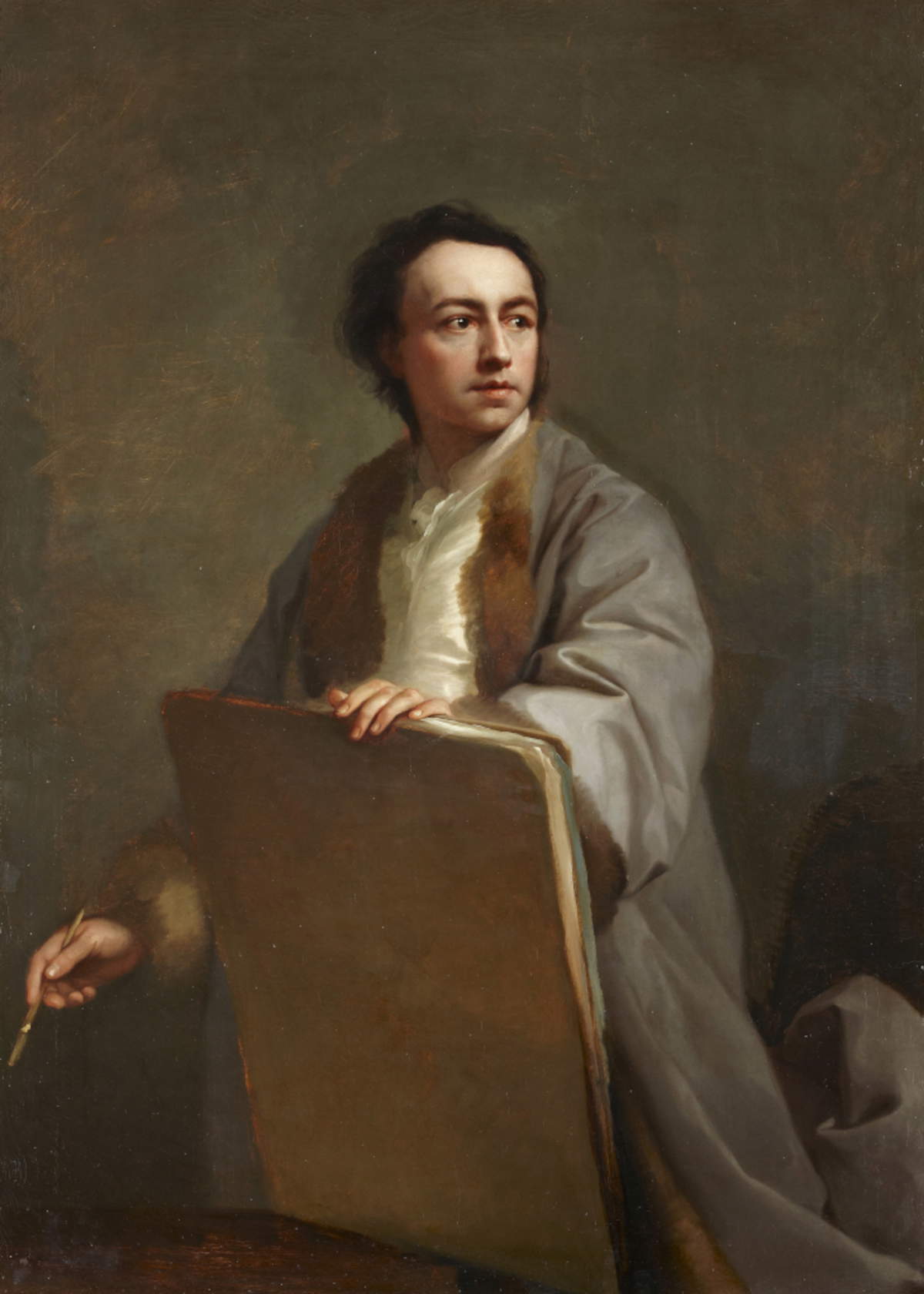The Museo del Prado, in collaboration with Fundación BBVA, presents from November 25, 2025, to March 1, 2026, a major exhibition dedicated to Anton Raphael Mengs (Aussig, 1728 - Rome, 1779), among the protagonists of Neoclassicism and among the most influential artists of the 18th century. The exhibition Anton Raphael Mengs (1728-1779), curated by Andrés Úbeda de los Cobos, head of the Prado Museum’s collection of 18th-century paintings and Goya, and Javier Jordán de Urríes y de la Colina, conservator of eighteenth-century painting at Patrimonio Nacional, and organized by the Museo Nacional del Prado with the exclusive patronage of Fundación BBV, offers a detailed look at his production, theoretical thinking and legacy in relation to the great masters of the past.
The exhibition project brings together 159 works, including 64 paintings, 14 examples of decorative arts, and 81 drawings, prints, and studies on paper, allowing the public to observe not only Mengs’ activity as a court painter, but also his intellectual dimension. The works come from twenty-five international institutions, nine Spanish institutions, and ten private collections, testifying to the European spread of Mengs’ influence and the value of his legacy.
Divided into ten thematic nuclei, the exhibition reconstructs the artist’s career, from his training in Dresden and Rome to his recognition as the official painter of Charles III. His relationships with figures such as Raphael, Correggio and Winckelmann are highlighted, as well as the role he played in redefining European artistic taste. Among the most significant loans are the Lamentation over the Dead Christ from the Galería de las Colecciones Reales in Madrid, Jupiter and Ganymede from the Palazzo Barberini in Rome, and Octavian and Cleopatra from the National Trust collections in the United Kingdom.
The project aims to offer a comprehensive picture of Mengs, his work and his artistic thought, combining a biographical journey that chronicles the eventful life of a cosmopolitan artist with sections that delve into specific aspects of his production and thought. Visitors will learn about the rigorous training he received in Dresden and Rome under the guidance of his father, Ismail Mengs, a court painter, and understand how his admiration for Raphael and Correggio profoundly shaped his style and aspirations.

Prominent among the thematic cores is The Constant Challenge to Raphael, devoted to Mengs’ conscious emulation of the Urbino master, evident in Lamentation over the Dead Christ, presented in dialogue with Raphael’s Lo Spasimo di Sicilia. The Roman sections, Rome, Caput Mundi and Rome: the Fascination of the Ancient, illustrate the impact of the Eternal City on his art, both as a spiritual center and as a guardian of the classical tradition, through portraits, such as those of Pope Clement XIII and Cardinal Zelada, and copies of ancient sculptures that nurtured his ideal of beauty.
Another key moment is the section devoted to the complex relationship with archaeologist Johann Joachim Winckelmann, The End of Mengs’ Relationship with Winckelmann, which reconstructs the friendship soured by the forgery of the Jupiter and Ganymede fresco. In Mengs, Painter-Philosopher, on the other hand, his theoretical activity, which made him a leading figure in Enlightenment art, is analyzed, along with the critical reception of his output after his death.
The support of Charles III is celebrated in sections such as Painter of His Catholic Majesty and the Court of Madrid, which brings together portraits of the royal family and leading figures of Enlightenment Spain, and Mengs, painter of frescoes, focusing on his skill in decorating large surfaces, including the frescoes of the Royal Palace in Madrid. By contrast, the section Mengs as an exponent of the new Enlightenment devotion highlights his contribution to religious painting, influenced by Raphael, Correggio, Guido Reni, and Velázquez.
The tour concludes with The Legacy of Mengs, which investigates his impact on subsequent generations of artists, such as Antonio Canova and Francisco de Goya.
 |
| The Prado Museum dedicates an exhibition to Anton Raphael Mengs, among the leading figures of Neoclassicism |
Warning: the translation into English of the original Italian article was created using automatic tools. We undertake to review all articles, but we do not guarantee the total absence of inaccuracies in the translation due to the program. You can find the original by clicking on the ITA button. If you find any mistake,please contact us.